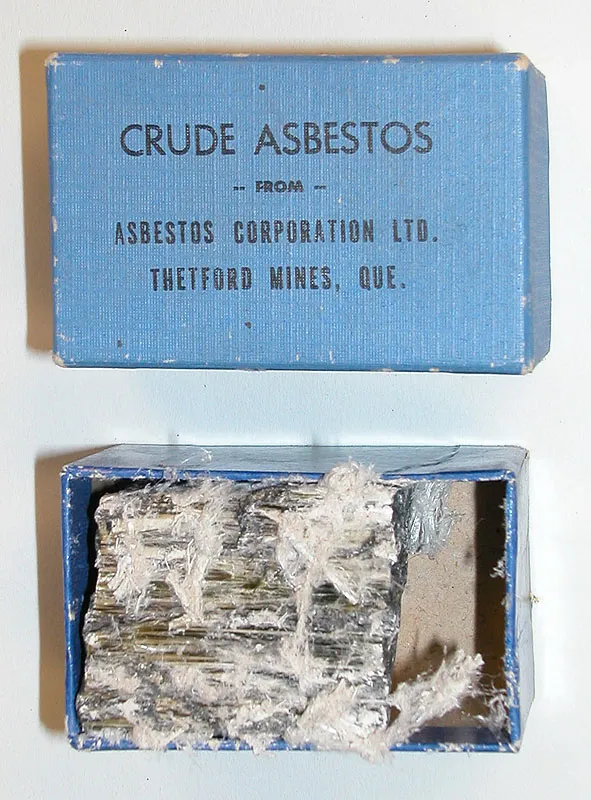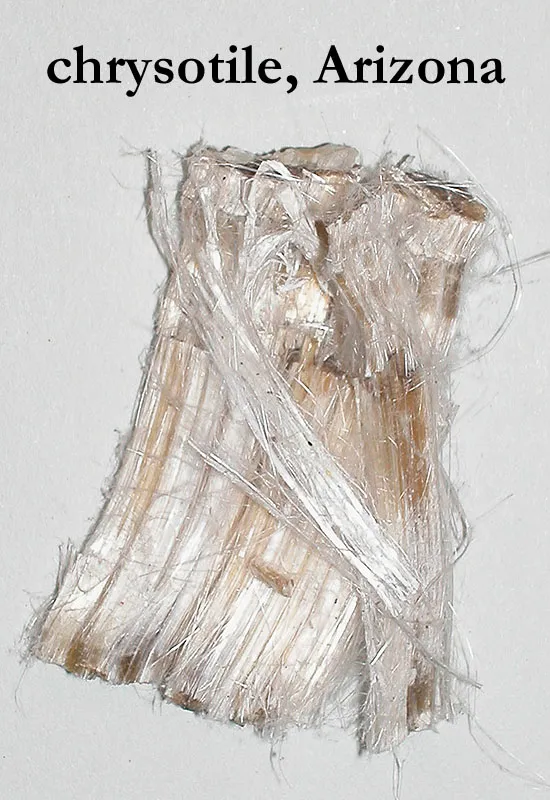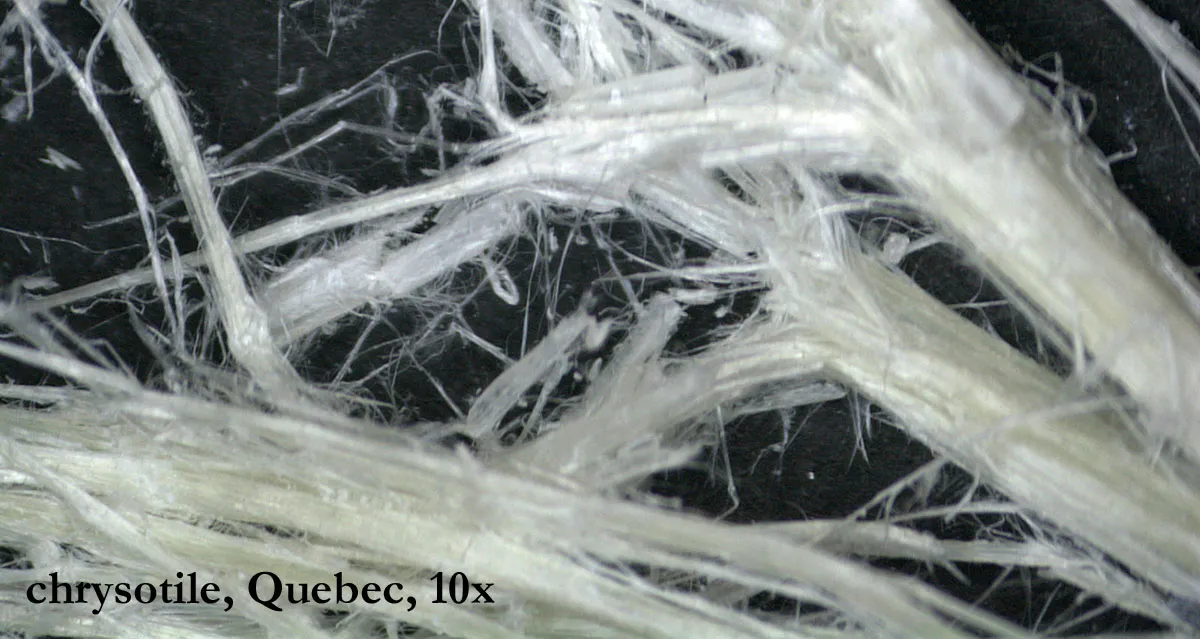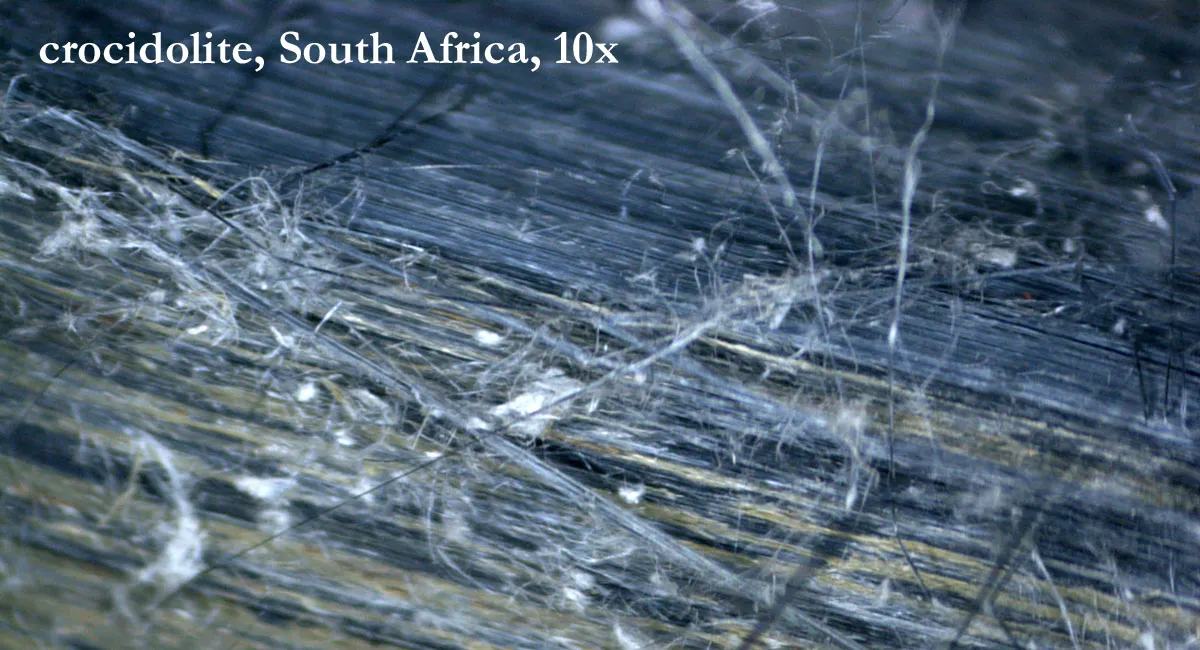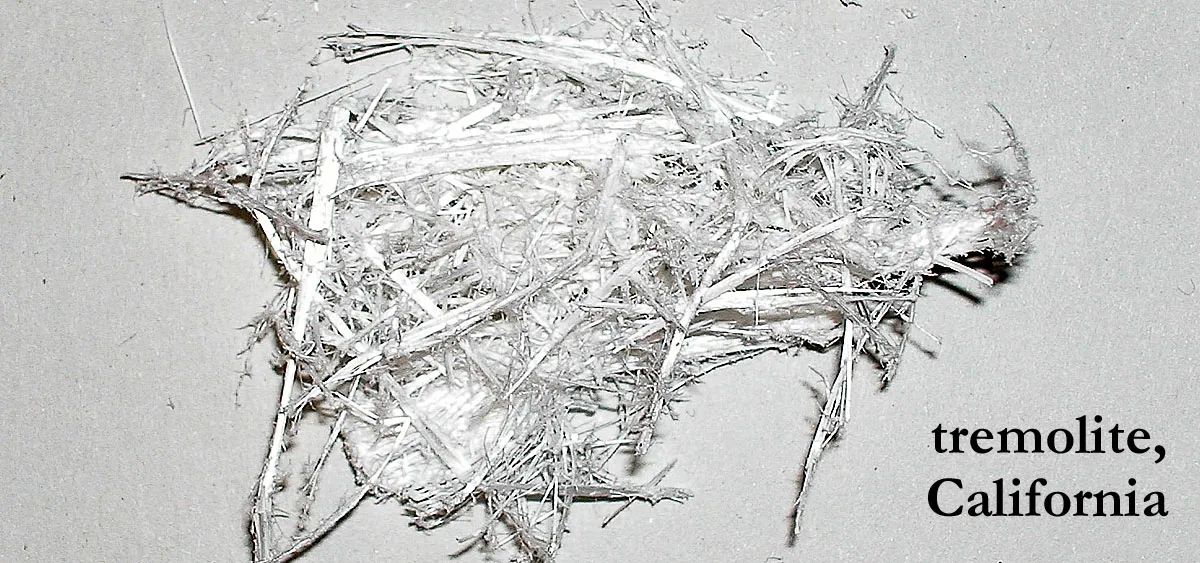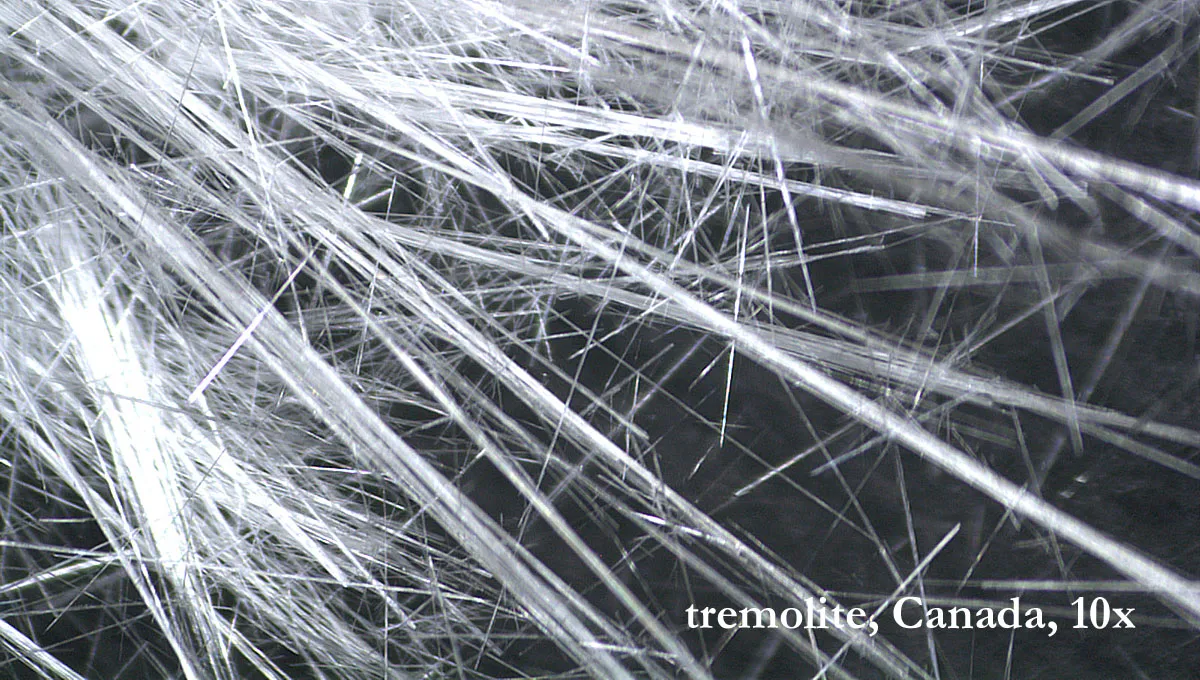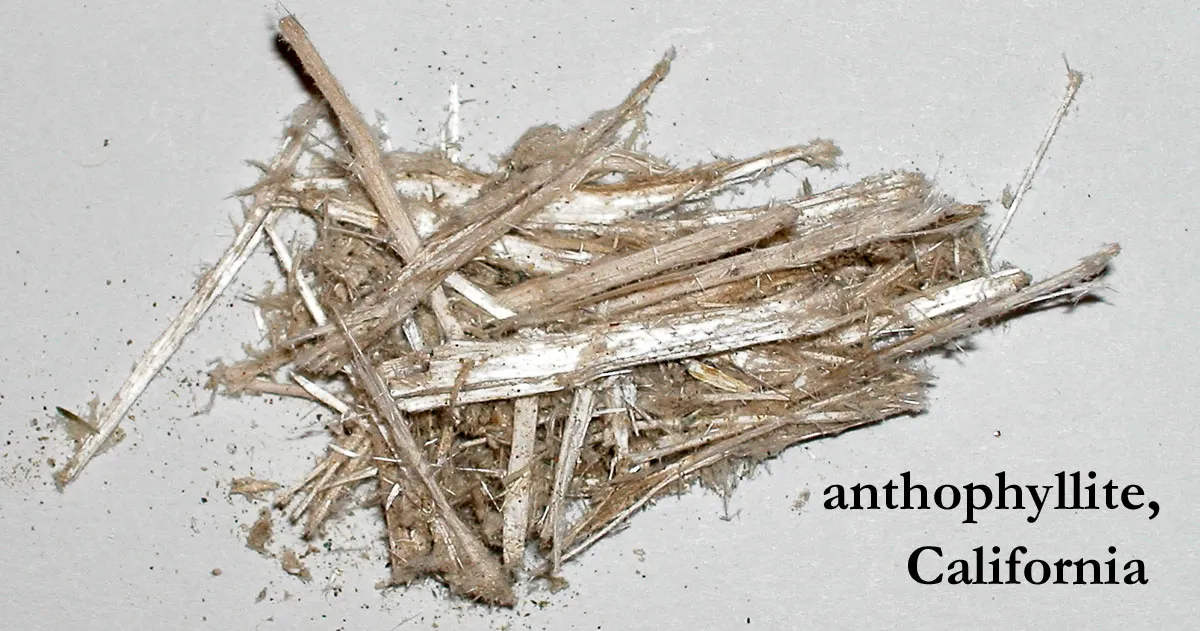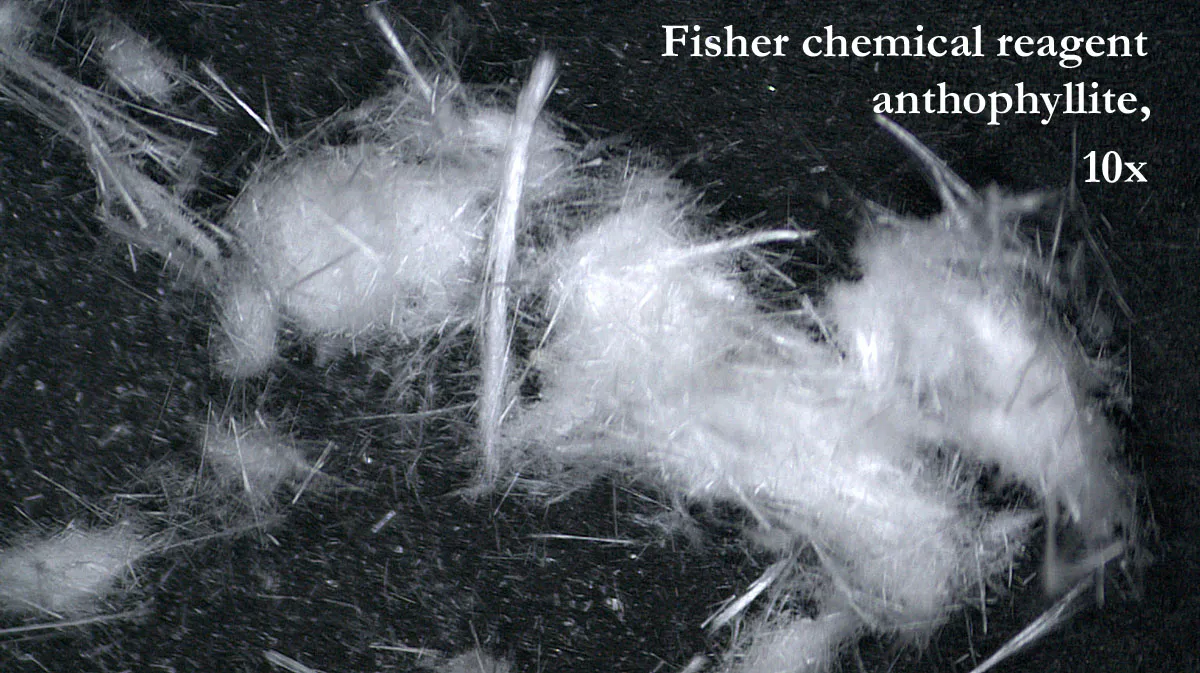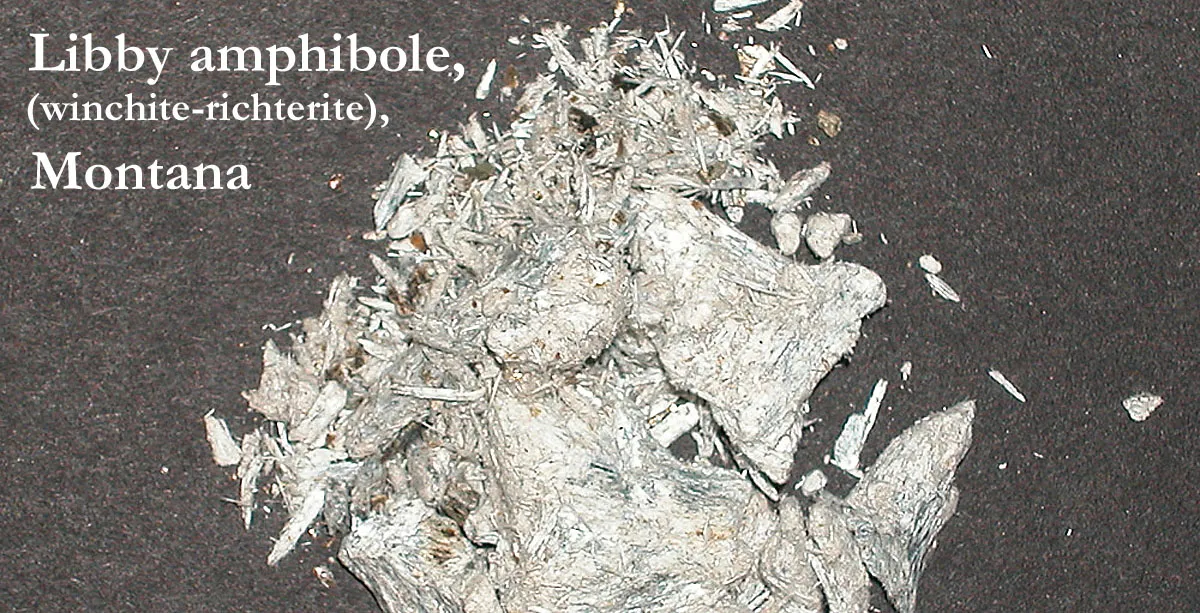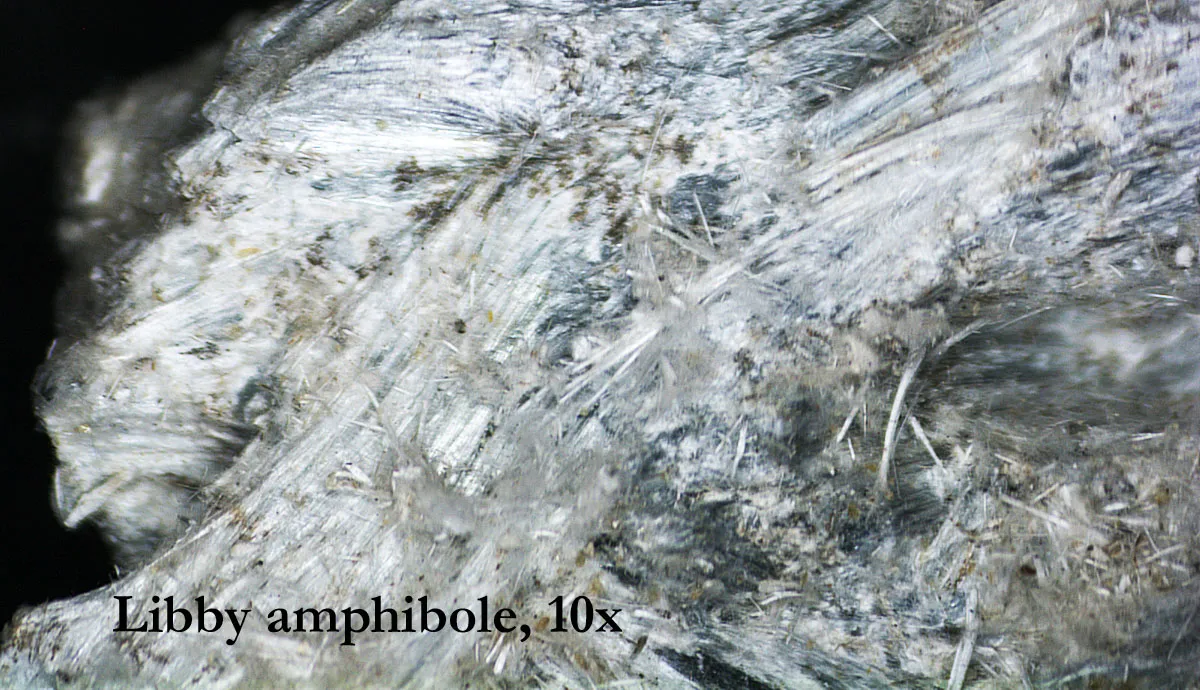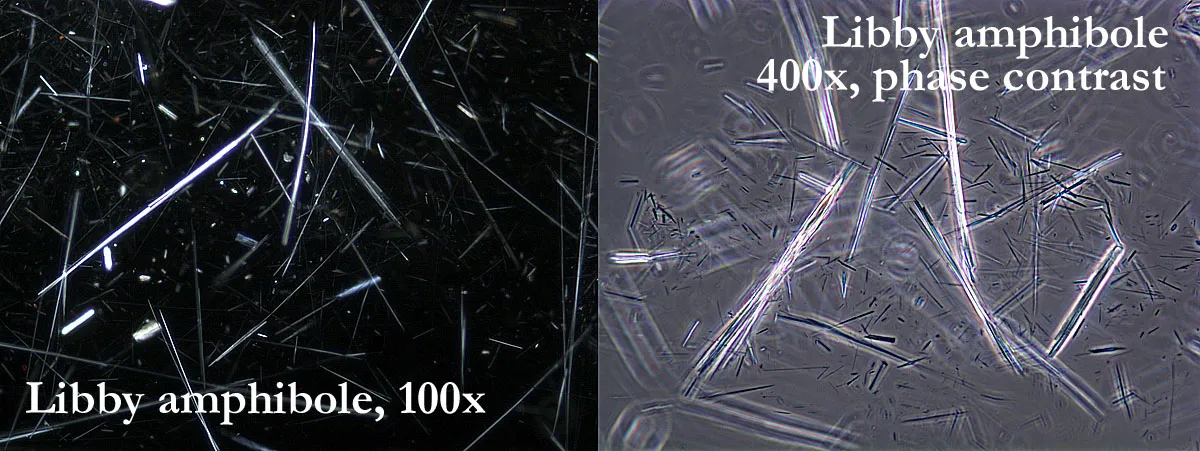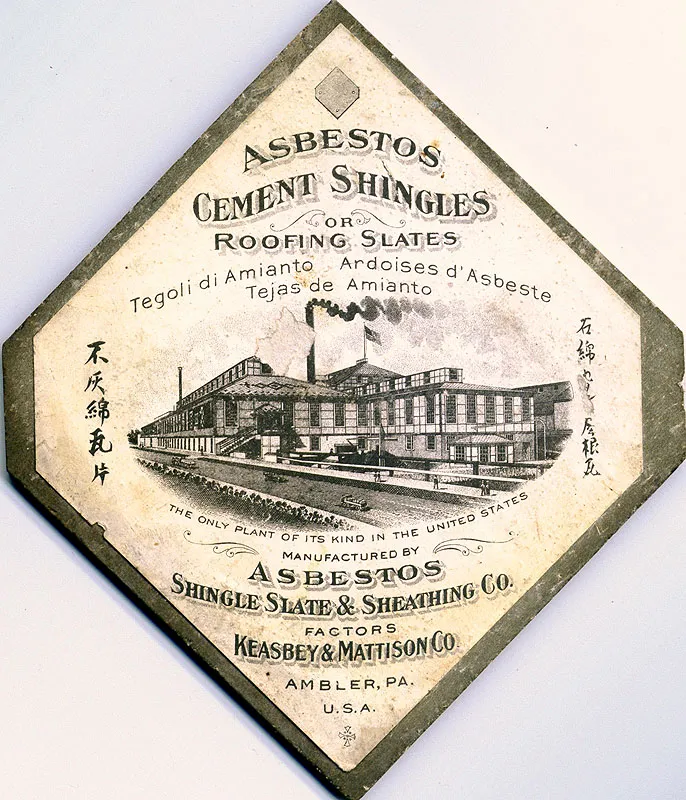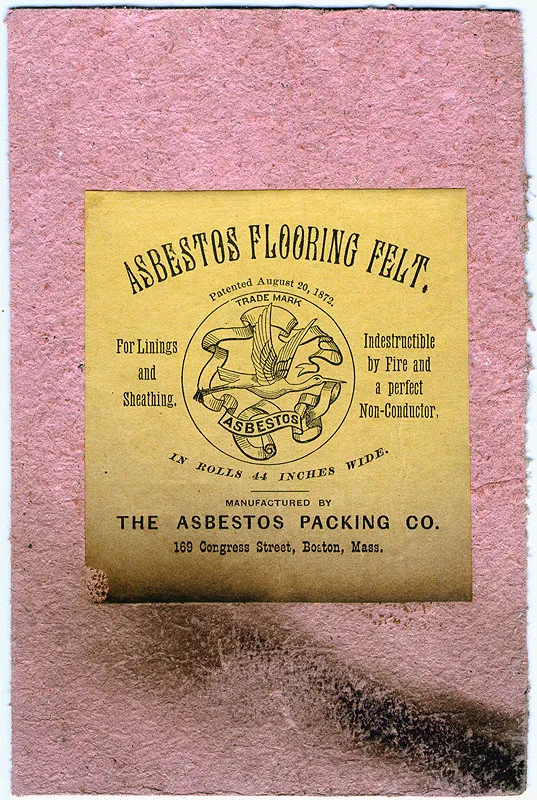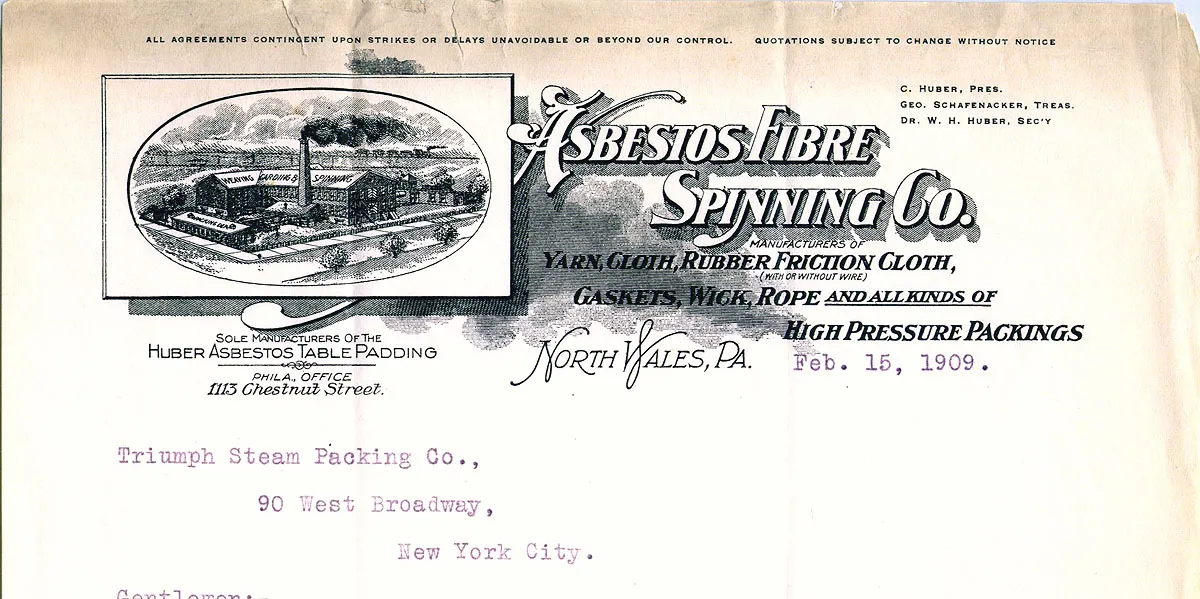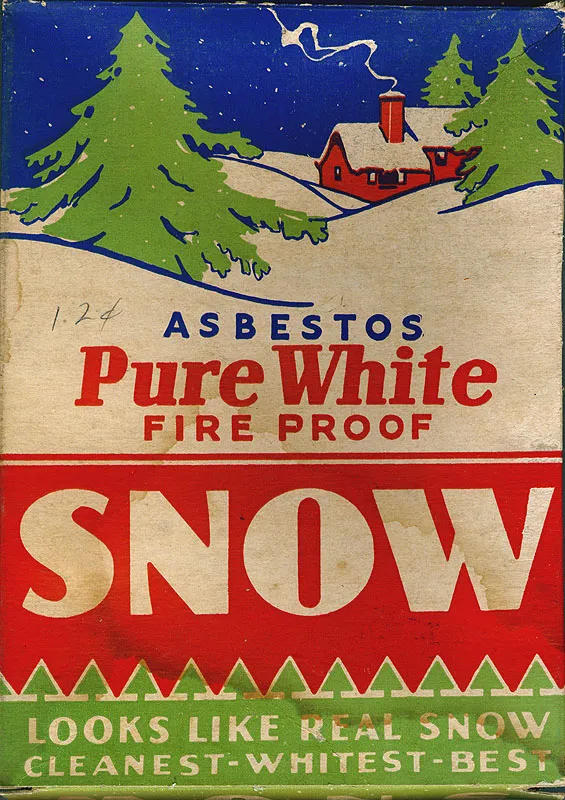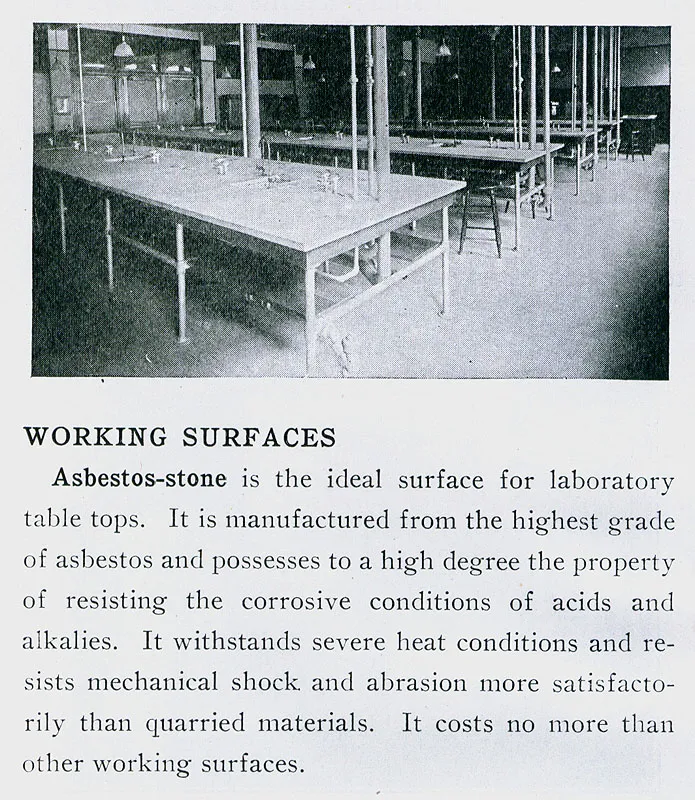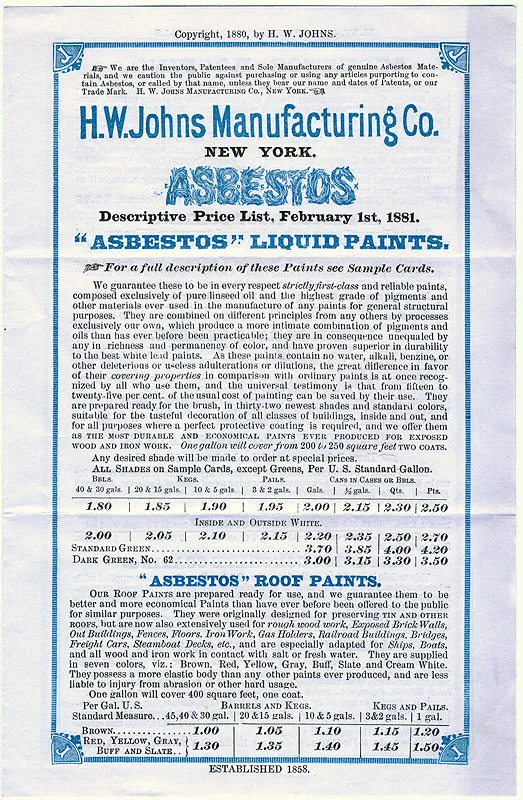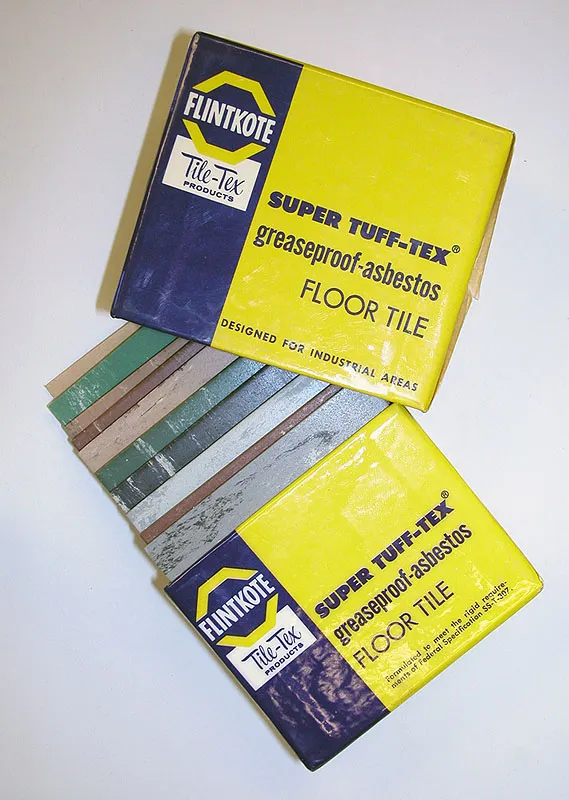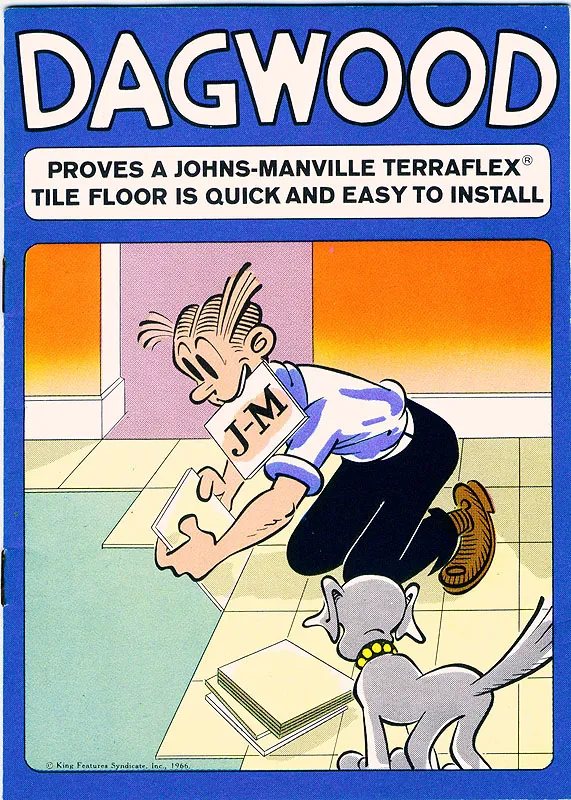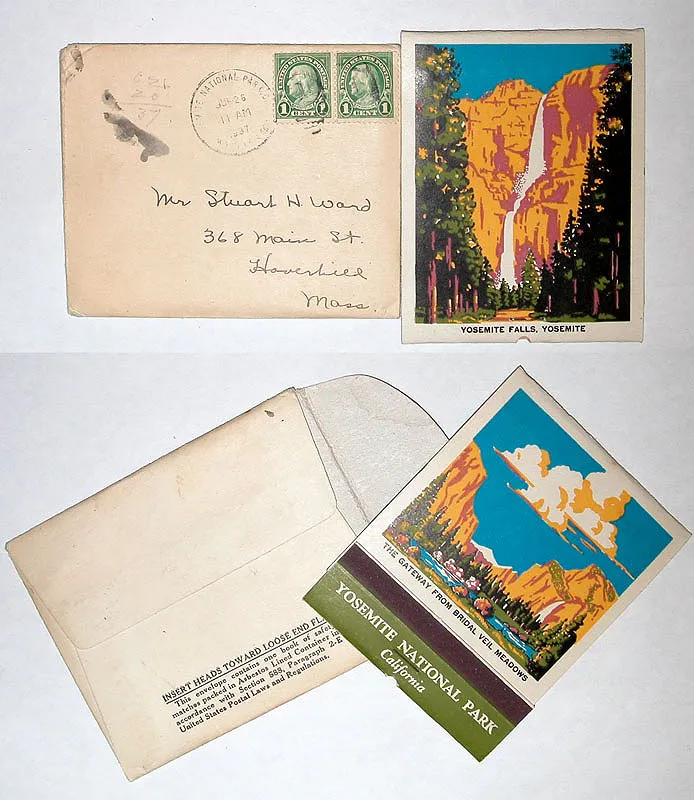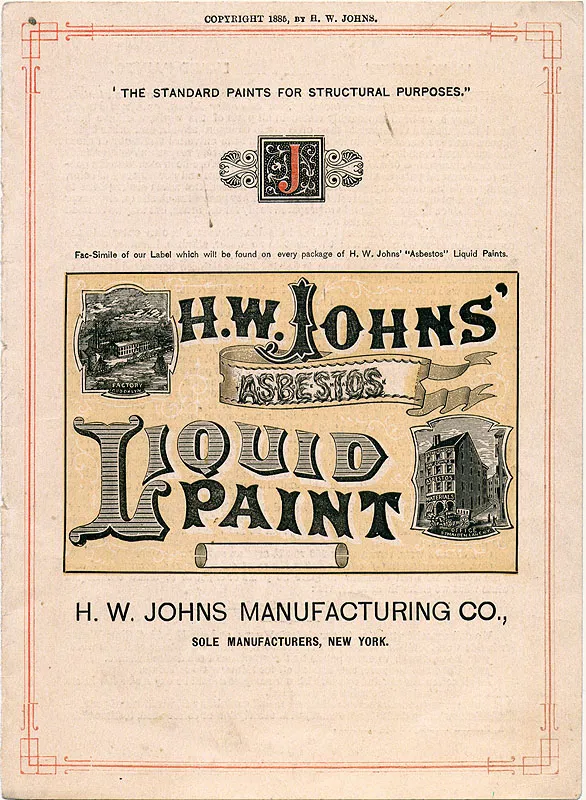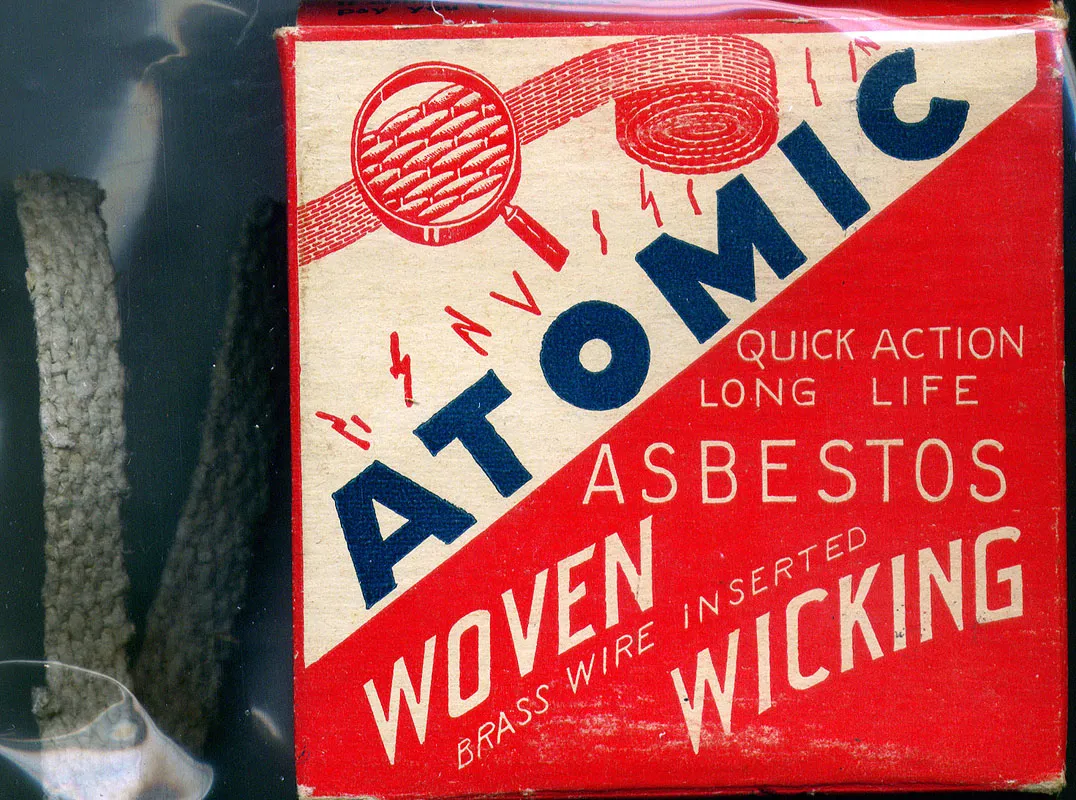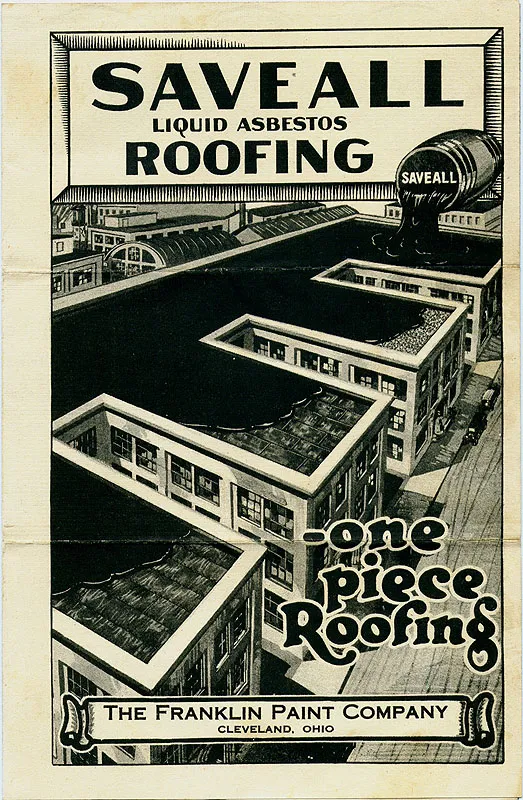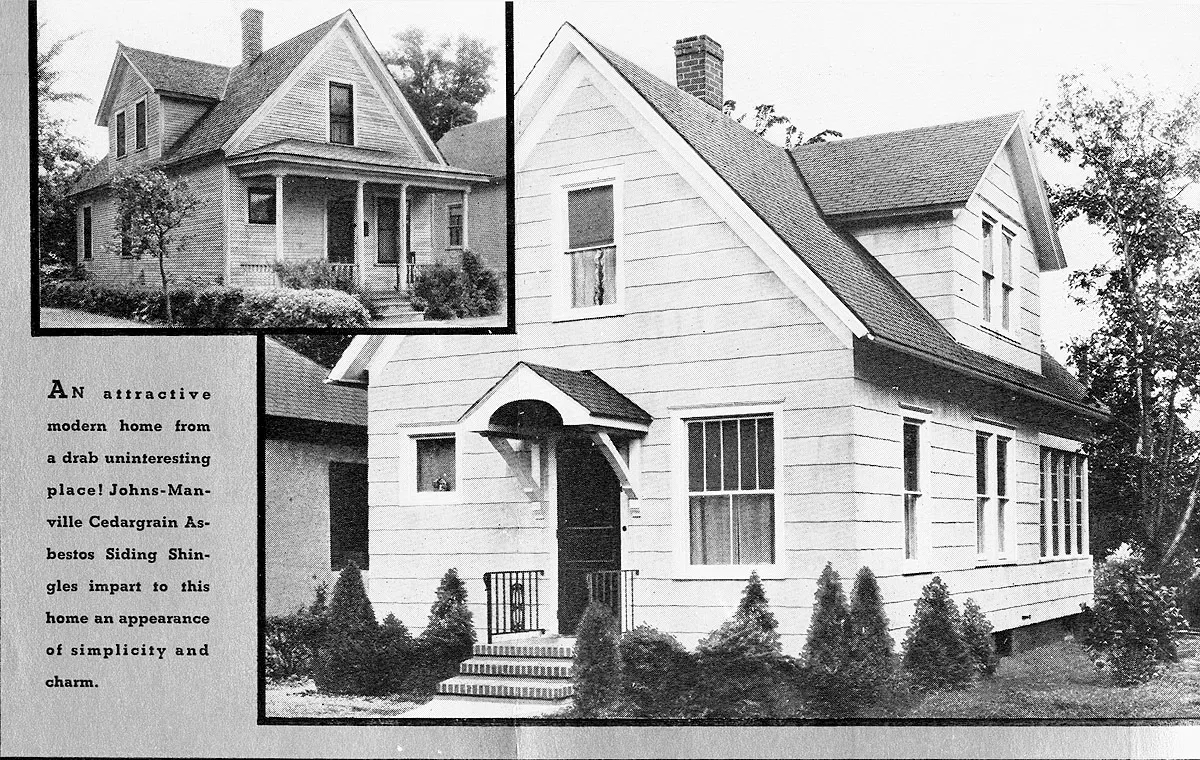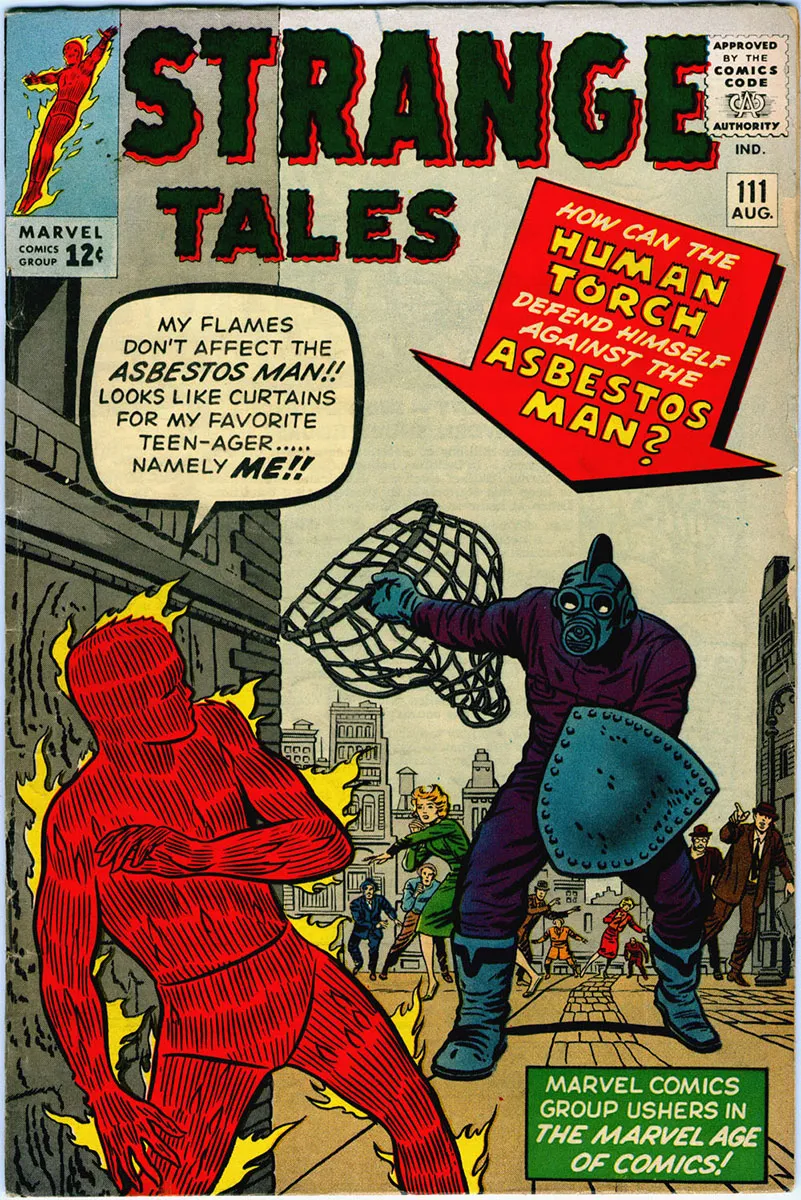Images
Click on any image to enlarge it.
Six Regulated Types
There are six mineral fibers that are regulated in bulk materials and air samples. They are (in order of amount produced): chrysotile, amosite, crocidolite, tremolite, actinolite, and anthophyllite. These last five are a family of minerals known collectively as amphiboles.
The accepted and compliance method for analyzing asbestos in bulk materials combines low power (10-40x) examination using a stereoscope, combined with medium to high power (100-400x) examination using a polarizing light microscope (PLM). There are a number of essentially identical methods, but most common methods used in the USA are two published by the US-EPA, EPA/600/M4-82-020 (nicknamed The Interim Method), published in 1982, and EPA/600/R-93/116 (nicknamed The New Method), published in 1993. Minerals like the asbestos types refract light to a greater or lesser extent depending on the direction of the incident light beam through its crystalline structure. Therefore, each mineral fiber possesses unique refractive indices. An essential part of all PLM methods is precise measurement of the refractive indices of observed mineral fibers and compare them to those unique refractive indices of standard specimens of the regulated minerals. Although there are several ways to measure a refractive index, including Becke line and central-stop dispersion staining, we routinely use phase-contrast dispersion staining, because of its potentially higher resolution and ease of use.
Other methods of asbestos identification utilize the higher magnification (1,000 - 50,000x) of a scanning electron microscope (SEM) or transmission electron microscope (TEM) and the elemental analysis capability of an attached energy dispersive X-ray analyzer (EDXA or EDS).
Sampling
Fiberquant Analytical Services offers analysis of asbestos in bulk samples of building materials, filters, and water. Often, the interpretation of asbestos analysis results is dependent on how the samples are taken. The following information is provided as a guide to some of the options and pitfalls in taking asbestos samples.
Basic Sampling Techniques
At the most basic level, sampling a suspect material merely consists of gouging out or otherwise obtaining some of the material. However, the sampler is responsible for obtaining a representative sample, that is, a sample that has the same average asbestos content as the whole. Towards that end, the full thickness of a material should be sampled. For example, for a sprayed acoustic ceiling, the material should be scraped all the way to the drywall or plaster underneath. For the safety of those who follow,the sample area should be sealed with a spray encapsulant to prevent further release of fiber, and the immediate area should be cleaned of any debris with a HEPA vacuum or by wet-wiping.
One Sample or Many Samples?
For materials manufactured at a factory, such as floor tile, mastic, ceiling tile, molded pipe insulation, one sample is usually sufficient, since these materials are generally made by formula and are relatively homogeneous. Bear in mind, however, that in a building with sufficient history, several different lots or brands of these materials may be present. Even materials that look identicalmay have different asbestos content. For surfacing materials (sprayed insulation and textures) or materials that are mixed on site(plaster, pipe elbow mud, wall patch or joint compound), multiple samples usually must be taken to adequately characterize the material, since these materials may be expected to be inhomogeneous on the scale that they are sampled.
How Big a Sample?
Generally, a tablespoon-sized sample is the best. Too small a sample will not provide enough sample to analyze and may not be representative even of the area sampled. Too large a sample, and we will have to sub-sample, thereby negating your efforts in representative sampling.
Other Considerations
Sample collection devices are sold consisting of copper or steel tubing which are used to punch a cross-section of a material. We do not recommend these (especially the small, 1/4" dia. size), since during the punching process and then again during the process of removing the sample from the tube, much of the information on layering in the sample is lost. This type of sampler is especially unsuitable for roofing, where it creates a consolidated mass of bitumen from which it is impossible for us to reconstruct the layers involved.
In the past, some persons took wall cross-sections, supposedly consisting of wall texture, joint compound, joint tape, and drywall. Often we find no evidence of a joint in such samples, even when the chain-of-custody indicates it was supposed to be a joint. Such samples must be taken at the correct spot in the wall to succeed. If you want to sample wall texture, then sample just the texture. If you want joint compound, you can find plenty underneath switch plates. That way, you are certain that you have sampled the material desired.
We recommend for:
- Roofing: 2"x2" cross-section cut with a chisel, knife, or hole saw
- Acoustic Spray: 1 tablespoon
- Wall Texture: 2"x2" area of texture (with or without paint) sampled away from any joint area
- Joint Compound: a chunk from under a switch-plate
- Drywall: a 1"x1" chunk
- Ceiling Tile: a 2"x2" piece
- Floor Tile: a 1"x1" piece with mastic adhering
- Pipe Insulation: a 1"x1" piece of all layers
Containing and Submitting the Sample to the Lab
Samples must be adequately contained to prevent exposure to office personnel. Samples should be placed in sealable, reusable containers, such as film cans, centrifuge tubes, or zip-loc plastic bags. Samples in paper envelopes, in duct tape, or samples not contained at all will not be accepted. For submittal, each sample must be uniquely identified. Other required information includes the company or individual submitting the sample, the company or individual who is paying for the analysis, a contact individual, addresses, phone numbers, etc. A good way to include all of this information is to fill out a chain-of-custody. If you don't have one, we can supply a blank form during the submittal process or you can download one from this website at the top of the screen.
Interpretation
AHERA and the EPA call any material containing > 1% asbestos an "asbestos-containing material." The %, as determined by polarized light microscopy (PLM), the usual method of analysis, is not absolute, but has a considerable range of uncertainty. For thisreason, we recommend that critical samples that have been determined to be near 1% by PLM be quantified by gravimetry (a more accurate but more costly method than PLM). Neither the Federal nor the State has any regulations requiring abatement of any asbestos-containing materials. Generally, abatement is recommended when a material is damaged, is emitting or has the potential to emit fibers. For asbestos-containing materials in good, undamaged condition, surveillance is sufficient.
Friability in PLM Analysis
Fiberquant Analytical Services makes a friability determination of a bulk sample as a part of its polarized light microscopy (PLM) analysis.
Definition of Friability
"Friable material is material that can be crumbled, pulverized, or reduced to powder in the hand. Friable material may be an asbestos-containing material or it may be a material that contains other fibers such as cellulose and glass fibers."
"Asbestos-Containing Material in School Buildings - A guidance Document", Part 1, p. 3. (1979)
"Soft or loosely bound (i.e. friable) asbestos-containing materials can release asbestos fibers following only minor disturbance to the material."
"Asbestos-Containing Material in School Buildings - A guidance Document", Part 1, p. 3. (1979)
Even though the above definitions categorized building materials into only friable and non-friable categories, there is a tremendous range of properties within each category. Friable materials range from materials such as duct tape, which can be crumbled in the hand, but, due to its long fibers, does not produce many airborne fibers, to materials such as magnesia-amosite pipe insulation, which can produce airborne fibers from the slightest breeze over its surface.
Non-friable materials also exhibit a range of properties. In recognition of this fact, the National Emission Standards for Hazardous Air Pollutants (NESHAP), 1990 defined two categories of non-friable materials: "Category I nonfriable asbestos-containing material (ACM) means asbestos-containing packings, gaskets, resilient floor covering, and asphalt roofing products containing more than 1 percent asbestos. Category II nonfriable ACM means any material, excluding Category I nonfriable ACM, containing more than 1 percent asbestos ... that, when dry, cannot be crumbled, pulverized, or reduced to powder by hand pressure."
As the EPA has clarified on a number of occasions, the intent of categorizing a material as friable or non-friable to to distinguish between those materials which will release fibers into the air relatively easily and those materials which will not.
Fiberquant Analytical Services Friability Categories
We report nonfriable categories I and II, as defined by NESHAP above and their guidence and clarification statements. Our interpretation of these statements is such that Category I materials that are significantly damaged or weathered are to be up-graded to category II as befits their increased potential for fiber release. We report friable materials in two categories of our own definition: Friable Category III and Friable Category IV. Category III includes ceiling tile, sprayed coatings, etc. while Category IV is reserved for extremely fragile types of pipe insulation and extremely damaged friable materials.
Therefore, a given sample analyzed at Fiberquant is assigned a number between 1 and 4, and the higher the number, the more friable the sample appeared. The analyst uses in-house guidelines and/or consultation with other analysts to assign a friability number to a sample.
Friability in the Field vs. Friability in the Laboratory
Almost by definition, the samples that we receive in the laboratory are damaged materials. The sampling process has broken, sheared or crumbled the material. The friability that we determine is based on the condition of the sample as we analyze it. We cannot guess what the material was like originally. We are therefore determining the friability of damaged material. For this reason, some materials which might be categorized as non-friable in the field may be categorized as friable in the laboratory. Likewise, some materials which might be categorized as Non-friable Category I in the field may be categorized as Non-friable Category II in the lab. Examples would include wall texture and some plasters which are non-friable in place, but friable once sampled.
The laboratory-determined friability is intended as an aid to the client who cannot make a friability determination for himself. It is not intended as a replacement for a friability determined in the field. If both a field and lab friability have been determined, it is the field determination which takes precedence, since the field personnel has much more information available as to the overall condition of the material.
It can be expected that the lab analysis may provide information that might change the field personnel's recommendations. For example, roofing caulk may appear Non-friable Category I in the field, but upon microscopic examination will be found to have weathered to a white surface. Such a surface will transfer white powder to the hands when handled which is pure asbestos. Such amaterial would generally be upgraded to Non-friable Category II on its laboratory analysis, and a note would be written alerting the client to the potential hazard of handling this material. How the material is handled or whether such material is removed prior to demolition is left to the field personnel.
Point-Counting of Bulk Samples for Asbestos
History
Prior to 1988, when NVLAP started providing quality assurance samples that had been analyzed for weight percent, the quantitation of asbestos in bulk samples was by “guestimate” in most laboratories. The percentages to be reported were passed down from analyst to analyst, and while multiple-analyst labs were internally consistent, estimates from different labs varied widely. Quality assurance round robins merely tracked positive or negative with little emphasis on quantitation. Most if not all labs over-estimated the asbestos percentage. Subsequent NVLAP rounds have shown that some labs have as much as a 500% positive bias on certain samples. Point-counting was described in the EPA “Interim” method in 1982. Because it takes extra time (perhaps 3-4 times longer than “guestimating”), few labs utilized it. However, with the gross over-estimation observed in the 1988 and 1989 NVLAP rounds, point-counting was thought to be more accurate, and was included in the NESHAP revision of 1990. The revision originally required that all friable materials estimated to contain ≤10% asbestos were to be point-counted. Due to complaints by users of asbestos analysis, a “clarification” letter (8 May 1991) allows users to use estimation rather than point-count to call a friable material positive. Friable materials still have to be point-counted in order to call them negative (and unregulated). Therefore, any friable layer reported as ≤1% must be point-counted to prove it or be assumed to be positive despite the estimate. Non-friable samples are not mandated to be point-counted by NESHAP regardless of their estimate percentage.
Point-Count Procedure
The point-count procedure mandated by NESHAP is the one in the EPA “Interim” Bulk Method. For each layer to be point-counted, eight mounts are made by dispersing 8 pinches of sample in suitable fluid. Each of the mounts is examined under the polarizing light microscope using an eyepiece reticule that superimposes a grid of points over the field of view. Fifty non-empty points are examined for each mount, yielding 400 points – some of which would be identified as asbestos and the rest as non-asbestos material. A simple calculation gives the % asbestos, e.g. 4 points in 400 would be 1.0%.
Point-Count Accuracy
Fiberquant started point-counting all friable layers <10% asbestos just after the 1990 NESHAP revision, and continued that policy for more that 2 years, even though no longer required for samples 1-10%. We used the point-counting as a way to rid ourselves of the standard lab positive bias alluded to above. At the same time, we implemented a program of standards analysis that was eventually found to be better for analyst calibration than point-counting. Point-counting takes precedence over estimation for NESHAP, but it is not as accurate or precise as desired. First of all, a point-count is a count of fairly randomly dispersed points. The 1% cut-off is defined by a small number of positive points, namely 4. As a record of random events, the standard deviation of the count can be expected to be the square root of the count. The 95% confidence range would be +/- two standard deviations, so for our 1% cut-off example, the result could be expressed as 1.0% +/- 1.0% (to 95% confidence). This means that any single point count of our theoretical 1% sample could end up anywhere from 0% to 2%, a considerable uncertainty straddling the positive/negative cut-off. Second, we have found that a point count is very dependent on the quality and representativeness of its mounts. Certain materials,such as joint compound or wall texture tend to yield representative mounts because they break into fairly uniform particles. However, ceiling textures, which often contain large pieces of plastic foam or books of mica, do not yield representative mounts; even if the large pieces can be fit under the cover slips, the disparity in particle size between such large pieces and asbestos skews the results. Such samples are better quantified by gravimetric methods, which are also available at Fiberquant. Third, non-friable materials were excluded from consideration for point-counting by NESHAP for good reason. In order to disperse a non-friable sample, its matrix is necessarily dissolved. Therefore, the particles seen during a point-count comprise less than 100% of the original material, and any asbestos % thus computed would be biased high. Most non-friable samples are better done by gravimetric methods.
Fiberquant Policy
Most labs do not point-count samples unless asked. To be in compliance with NESHAP, a consultant using those labs would have to examine the results layer-by-layer, and request a point-count on any friable layer reported as negative. As a result, most surveys are illegal - not in compliance with NESHAP. At Fiberquant, though, layers required to be point-counted by NESHAP are automatically point-counted at no extra charge; any report that leaves our lab is already in compliance with NESHAP. Part of the Fiberquant philosophy is to make life worry-free for our clients by keeping them in compliance with regulations.
Gravimetry/Asbestos Quantitation
Gravimetry refers to a method of analysis in which the quantitative measurement is the weight of an object or sample.
Gravimetric Industrial Hygiene Analysis
The presence of nuisance dust and respirable dust in air are determined by weighing the dust collected on an air sample.The current NIOSH method requires that a 5 um pore size PVC filter be brought to standard temperature and humidity and the nweighed before sample collection and then brought to the same conditions and weighed after sample collection. This assumes that the same conditions can be duplicated at those different times. An alternate method is to use readily available "double" filters: these are two 5 um PVC filters placed by the manufacturer in the same cassette, and guaranteed to weigh within 0.00002 gm of each other. Using these cassettes, there is no weighing prior to sampling, because the bottom filter can be used to determine what the top filter weighs.
Gravimetric Asbestos Analysis
The analysis of bulk asbestos samples using the polarized light microscope (PLM) is very accurate in identifying the types of fibers present, but can be biased or inaccurate in quantifying the percentage of certain fibers. The initial method of quantitation is by calibrated visual estimate, which, depending on how rigorously and how often the lab calibrates its analysts using known standards, can vary from an estimate good to +/- 0.5% in the 1-5% range to grossly over-estimating a 1% asbestos sample to contain 5% or more. Since quantitation is an important issue, Fiberquant pursues the rigorous and often option: one per every 100 samples ouranalysts perform is one of over 50 prepared standards of known asbestos concentration and varying matrix components. We feel this validates our estimated asbestos percentages.
When a friable layer of a bulk sample is estimated to contain <=1% asbestos, NESHAP requires that layer to be point-counted if it is to be considered to be negative. Point counting merely consists of the observation and identification of 400 points of sample.The asbestos percentage is the number of asbestos points divided by the total points. We perform point counting as a matter of course at no extra cost for those samples required to by point-counted by NESHAP, in order to keep our clients in compliance. Though point-counting produces a number with apparent precision, it is not precise. Assuming a random distribution of asbestos particles, we can calculate that at the 1% level (4 points), the 95% confidence range for the point count is 0.0-2.0%.
A method of quantitation which is much more precise and accurate than either estimation or point-counting is gravimetric asbestos analysis. The sample to be quantified is weighed on a 0.0001 gm or better balance. Then it is ashed in a furnace to removeany volatile or organic components and re-weighed in order to calculate the % volatile. Then it is digested in dilute hydrochloric acid to remove any carbonates (a common matrix material) and re-weighed. Finally, the residue is observed and any fibers identified on a transmission electron microscope. The % of asbestos in the residue is estimated on the TEM, and the total % asbestos calculated from the weights. This method is called the semi-quantitative method of gravimetry because the % asbestos in the residue is estimated. It is especially useful for samples having a lot of volatiles and carbonates, such as mastics, floor tiles, and textures. A typical floor tile 95% confidence range for such an analysis would be 5.2-5.8%. There is also a fully-quantitative method in which a known weight ofthe residue is suspended in liquid, filtered, and each observed asbestos fiber measured. Provided enough asbestos fibers are seen, and their sizes are representative of the whole, this method is potentially more precise than the semi-quantitative, but costs four times as much as the semi-quantitative method. It would be best used for materials that are not readily reduced by ashing or acid and that also have relatively uniformly-sized asbestos fibers.
PCM or TEM?
Phase contrast microscopy (PCM) is often used to monitor asbestos exposure, but most of the fibers we count using PCM are not asbestos, and, conversely, many of the fibers that are too small to count using PCM actually are asbestos. Often, asbestos fibers are so small, transmission electron microscopy (TEM) is required to analyze them. Despite this fact, the PCM method is still the primary method of compliance because the relationship between asbestos disease to exposure was established with PCM data from asbestos mills, factories and mines. To relate asbestos disease to TEM data would require finding or artificially producing areas that have high asbestos levels - much higher levels than those that happen in this day and age, even in asbestos mills, factories and mines, if such even exist any more.
So if PCM results no longer have anything to do with asbestos exposure, when, if ever, do they make sense to use, and what would be a better method?
PCM analyses are useful in two circumstances: 1) when OSHA compliance is the only consideration, i.e. inside of a containment during a removal, or any other situation where the worker is already wearing respiratory protection, but the exposure needs to be documented for OSHA purposes, and 2) when it is being used as a general indication of site cleanliness, or as a screening prior to TEM analysis. Furthermore, it is Fiberquant's position that PCM should not be used to 1) establish an exposure level for workers who are not going to wear respiratory protection (they might be breathing large numbers of small asbestos fibers, 2) clear an asbestos removal area, or 3) establish a background asbestos level for areas that not asbestos mills, factories or mines - i.e., almost everywhere.
What are the alternatives?
The only instrumentation that can identify asbestos fibers fiber-by-fiber in an air sample is transmission electron microscopy (TEM).NIOSH Method
The NIOSH Method 7402 is a TEM method that is designed to augment PCM analysis. For a series of PCM samples taken from the same area or areas having a similar mix of fiber types, one such air sample can be analyzed via 7402 and a ratio of asbestos to non-asbestos determined and applied to the other samples. This would be useful in those situations requiring OSHA compliance (e.g., inside a containment), but where interference from non-asbestos fibers has caused the PCM counts to fail. This TEM method ignores all asbestos fibers <5um long.
AHERA TEM Method
The AHERA TEM method is the accepted state-of-the-art to determine background or clearance levels of asbestos. Even small fibers are counted, so it gives a fair indication of whether it is healthy to breathe the air or not. The strict AHERA protocol calls for 5 filters inside an area to be tested, but the basic AHERA TEM methodology can be used on any number of filters, which we at Fiberquant call "modified AHERA". Since only a few fibers make the difference between clean and dirty, a single sample does not give as statistically representative a view of air levels as do multiple samples.
In conclusion, we recommend PCM only for strict OSHA compliance, and consider it misleading when used to represent asbestos background levels or after-clearance levels. Background and clearance determinations should be conducted using the AHERA or modified AHERA TEM methods.
